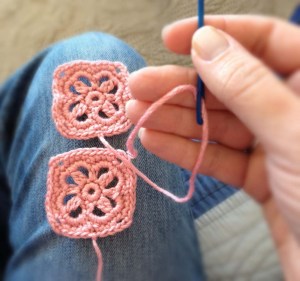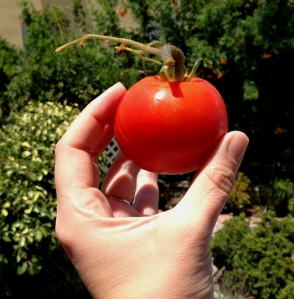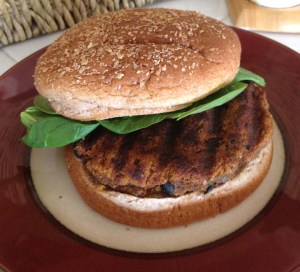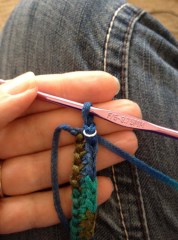Being a craftsperson in the USA can be a real financial challenge which continues to worsen as the costs of raw materials, food and housing rise. To make matters worse, few of us have seen even a measly cost-of-living raise at our “day jobs” in years.
Sites like Etsy claim to support the small business artisan but after modifying their definition of “handmade” at the end of last year, mass produced items are springing up like weeds on the site that calls itself a “handmade marketplace”. I’ve argued with artists who refuse to compete with inexpensive versions of what they create by hand, saying it’s a useless endeavor.
As of yet, I’ve been unable to reconcile my time and material costs with my prices. I scour sale flyers and websites to get my materials at the lowest prices possible but where I usually hit a brick wall is with my hourly rate for labor. If it takes me an hour to crochet one of my headbands, with costs subtracted out, I’d do better working as a…well…almost anything else. Yet, I tread on, believing I will someday find the magic equation and actually be able to support myself doing what I love. Is it really asking too much? It’s actually asking a lot.
Putting it very simply, the average American can’t afford to buy goods that are manufactured or created in the United States. This is nothing new globally as the same has been true of workers in China, India and other countries for hundreds of years but is unnerving in one of the most highly developed countries in the world. The far majority of Americans buy clothing that’s made in another country. The few who still work in the manufacturing industry probably can’t afford to buy the things they help manufacture. I receive catalogs from “Fair Trade” companies who glossily advertise beautiful items that I couldn’t afford in my wildest dreams. I want to buy fair trade, organic, natural, ecofriendly and items made in the USA but I just can’t afford to most of the time and have tried not to feel guilty about purchasing things that wear the dreaded “made in China” label.
When I was a child, my family went through some rough patches where money was pretty tight. My stay-at-home mom made some of our clothing to save money. Now, it’s hard to even find a fabric store. After buying a pattern, fabric and notions for a garment you wish to sew, you could have bought three at Wal-Mart or Target, already made, for the same price. There’s no reason to waste the time it takes to sew something by hand if it isn’t cost effective (for most of us anyway).
The global economy has been undergoing complex changes of which I understand at only the most rudimentary level, if at all. I think most of us can see how these changes are affecting our daily lives as basic food prices rise while the containers in which they are sold shrink. It’s really important that we are able to do what we love at some point during our lives even if it’s only for a couple hours a week and for those of us who are artists this may just have to be enough.
But still, I work towards my goal, even after my two other jobs and four year old, absorb most of my time. After all, if you work hard enough and have faith in your dream, you can accomplish anything – right? A nice sentiment but not very realistic.


























